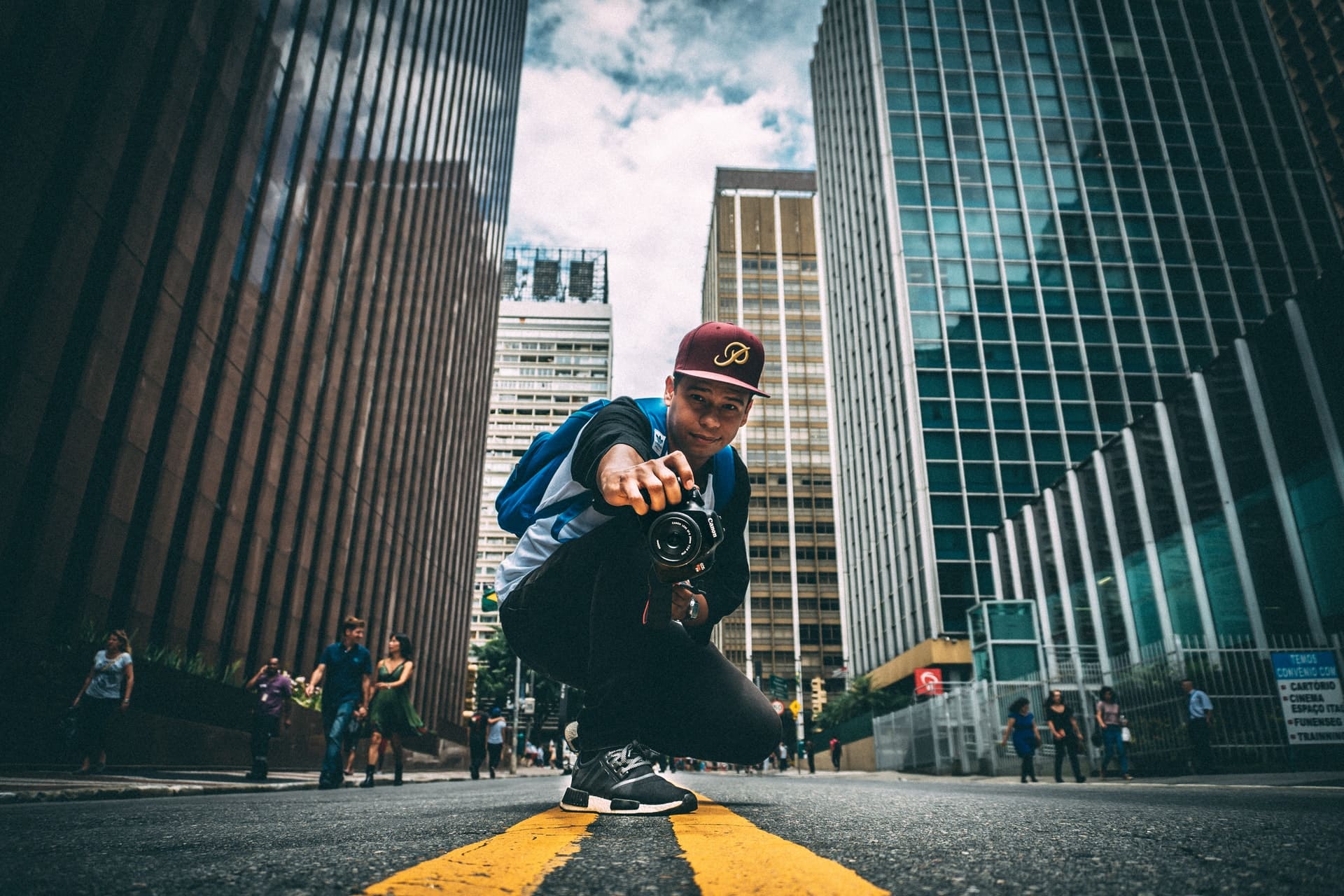The Art of Street Photography: Capturing Life’s Fleeting Moments
Key Takeaways:
- Street photography is an unfiltered artistic expression capturing unmediated chance encounters and the essence of everyday life in public spaces.
- It transcends the need for a street or urban setting, focusing instead on the human condition, sometimes through objects or environments.
- Legal and ethical considerations shape the practice, highlighting the balance between artistic freedom and individual privacy.
Ah, street photography, a realm where the shutter clicks and life’s unscripted moments are immortalized. Let me take you on a journey through the bustling streets, past the unassuming moments that, when frozen in time, speak volumes about the human condition. Imagine walking down a lively alley, camera in hand, ready to capture the essence of everyday life. There’s a certain magic in the unpredictability of it all—the way a shadow falls, the fleeting smile of a stranger, or the poignant solitude amidst chaos. It’s like being a silent observer, a storyteller without words, crafting narratives through lenses and light.
I remember the first time I truly understood the power of street photography. It was a chilly autumn morning, and the city was slowly waking up. The golden hour cast a warm glow on the faces of passersby. Among them, a young girl twirling in a sunbeam, completely lost in the moment. It was then, through my viewfinder, that I captured a fleeting slice of joy, unposed and beautifully honest. That image stayed with me, a poignant reminder of why I fell in love with this art form.
Street photography, however, isn’t just about capturing beauty in the mundane; it’s also about navigating the delicate balance between observation and intrusion. The ethics of photographing strangers without their consent is a topic that often stirs debate among enthusiasts and critics alike. While the streets are public domains, the moments belong to individuals, each with their own story and right to privacy.
Legalities surrounding street photography vary widely across the globe, from the stringent consent laws in Hungary to the more lenient guidelines in the United States where freedom of expression shields photographers. Despite these differences, the core ethical dilemma remains: how do we, as photographers, respect the subjects of our art? For me, it’s about approaching each shot with empathy and considering the impact of my actions. It’s a dance between capturing life authentically and respecting the personal space of those who inhabit it.
As street photography continues to evolve, its practitioners are constantly redefining the boundaries of this genre. It’s more than just documenting urban life; it’s about finding the extraordinary in the ordinary, telling stories that might otherwise go unnoticed. Whether it’s through the lens of a seasoned photographer or the eyes of a curious newcomer, the streets offer an endless canvas for creative expression.
In a world that moves at breakneck speed, street photography allows us to pause, observe, and reflect. It’s a testament to the resilience, diversity, and beauty of human life, captured one frame at a time. So, the next time you’re wandering through the city, camera in hand, remember that you’re not just taking pictures—you’re preserving the ephemeral poetry of everyday life.
Frequently Asked Questions:
- What is street photography?
- Street photography is the art of capturing candid, unmediated moments in public places, focusing on human stories, objects, or environments that convey a human character or aesthetic.
- Do I need permission to photograph people in public for street photography?
- Legal requirements vary by country. In some places, photography in public spaces is permitted without explicit consent, but publication and commercial use may require it. Always check local laws and practice ethical photography.
- How can I start with street photography?
- Begin with a camera (any type will do), hit the streets, and start observing. Focus on moments that catch your eye, and don’t be afraid to experiment with angles, compositions, and lighting. Remember, the best street photography captures the essence of the moment.
- Can street photography be done in rural areas?
- Absolutely! While traditionally associated with urban environments, street photography can take place anywhere public life unfolds. Rural settings offer unique landscapes, characters, and stories waiting to be captured.
- How do I handle confrontation when photographing strangers?
- Approach confrontations with respect and understanding. If someone expresses discomfort about being photographed, it’s ethical to stop and, if requested, delete the photo. Communication and empathy are key to resolving such situations amicably.
